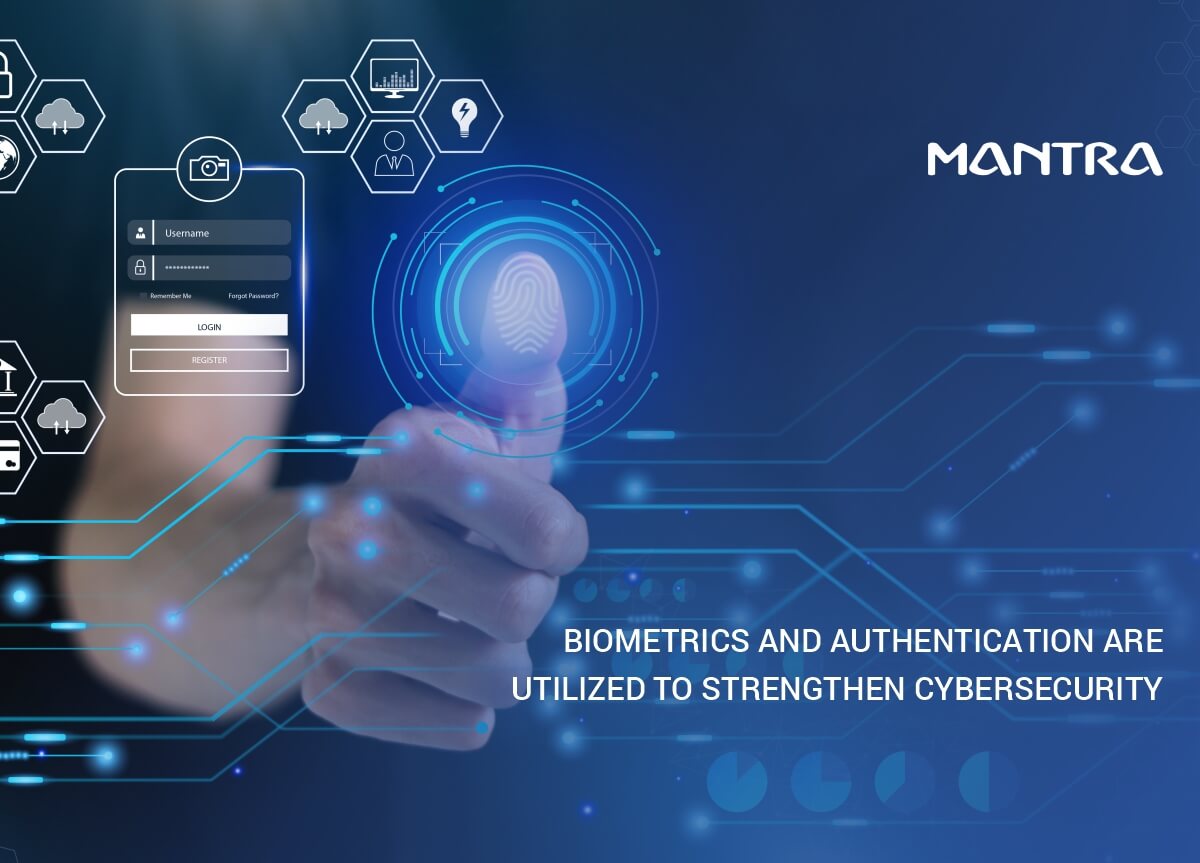
Biometric authentication as a ransomware prevention method
In light of the dynamic nature of cybersecurity threats, it is imperative to comprehend the intricate relationship between biometrics and ransomware defense to safeguard our digital future.
In recent years, ransomware has emerged as one of the most prolific and sophisticated cyber threats. It locks users out of their systems until a ransom is paid using malicious software. Financial fraud frequently results in the compromise of sensitive information beyond the realm of finances and data loss.
Prevalent avenues for ransomware attacks, according to the Sophos State of Ransomware 2023 Report, are compromised credentials, malicious emails, phishing attempts, and vulnerabilities. Except for ransom payments, recovery expenses for businesses increased to $1.82 million in 2023.
Sadly, ransomware attacks continue to increase. The CyberEdge 2023 Cyberthreat Defence Report indicates that ransomware attacks affected 72.7% of companies worldwide in 2023, up from 55.1% in the previous year.
With the advancement of ransomware assaults, the significance of biometric authentication in safeguarding against them grows. Biometrics, which employ distinctive physical or behavioral attributes for authentication, presents a flexible methodology for identifying and regulating access and users. This blog explores the critical function of biometrics in preventing ransomware attacks.
Biometrics as a Risk Mitigator Against Ransomware
1. Manage Unauthorised Access:
Utilising biometrics, one can authenticate oneself through the analysis of distinct characteristics such as fingerprints, iris scans, facial features, and so forth. This serves as a resilient deterrent against unauthorized entry.
2. Mitigate password vulnerabilities through the implementation of biometrics:
By diminishing the need for passwords, biometrics offer a secure and practical alternative. Facial structure patterns, such as fingerprint ridges, provide an infallible method of verification.
3. Enable multi-factor authentication:
The incorporation of biometrics into MFA increases security by necessitating the use of multiple layers of authentication. Biometric identifiers must be compromised in addition to conventional authentication methods, thereby increasing the intricacy of security measures.
While biometrics do offer substantial security advantages, they are not impervious to error. Implementing and maintaining continuous security measures is of the utmost importance to avert problems such as data breaches, vulnerabilities in template storage, and spoofing threats. Biological identity verification is an additional layer of security that fortifies anti-ransomware defenses.
Biometric Defence Solutions Against Ransomware
Access management and security are critical components of business protection against prospective threats. Mantra SOftech provides biometric solutions that fortify defenses and authentication:
By leveraging sophisticated machine learning artificial intelligence, our mobile biometric authentication infrastructure provides onboarding and authentication solutions in addition to liveness accuracy that is unmatched for speaker and facial recognition.
A cloud-based platform that handles biometrics, identity verification, and multi-factor authentication with minimal code development. Continuous authentication is predicated not only on augmenting efficiency and diminishing expenses but also on automation and trust.
Safeguard your organization against ransomware threats. Gain insights into the fortified biometric authentication solutions provided by Mantra Softech and discover how they can bolster your cybersecurity measures.
Comments